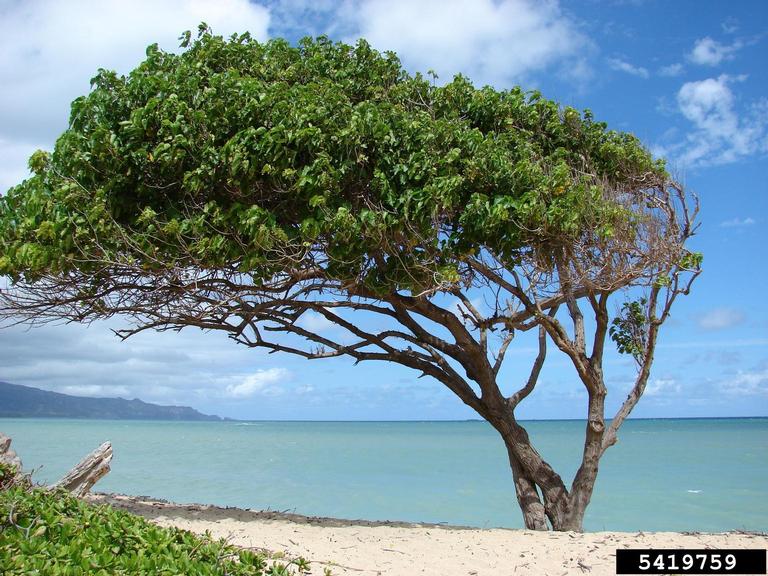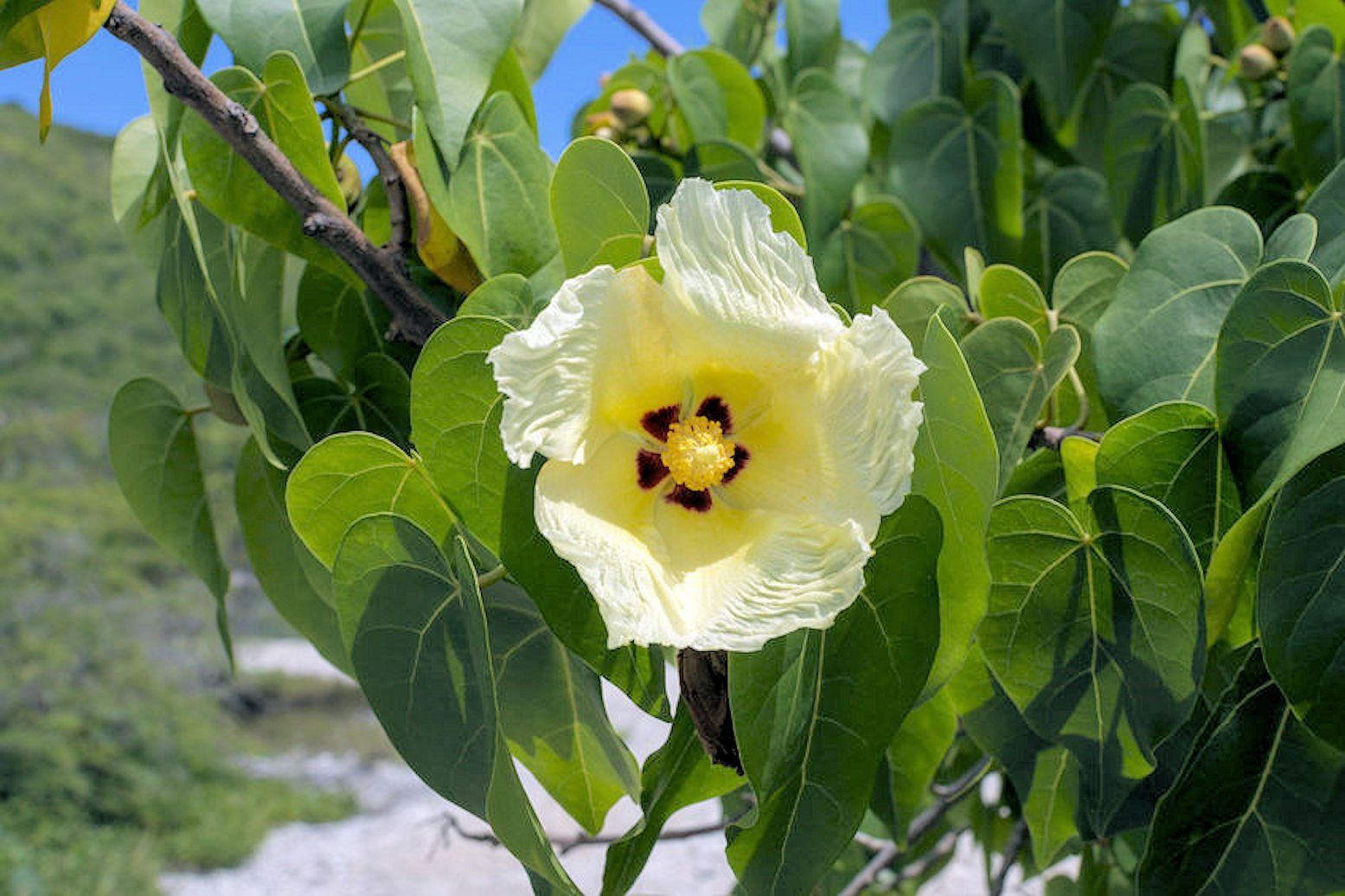PORTIA TREE
Thespesia populnea
|
Reference No : |
0000009 |
|---|---|
|
Scientific Name : |
Thespesia populnea |
|
Sinhala Name : |
ගංසූරිය (GAN SOORIYA) |
|
Tamil Name : |
பூவரசு மரம் (PUVARASU MARAM) |
|
Other Common Names : |
Indian tulip tree, Aden apple tree, Milo tree, Heartwood tree |
|
Synonyms : |
|
|
Plant Family : |
Malvaceae |
|
Plant Group : |
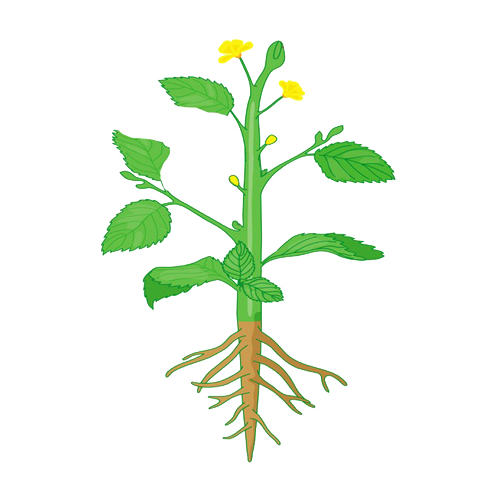 Angiosperms (Enclosed Seed) |
|
Crown Architecture : |
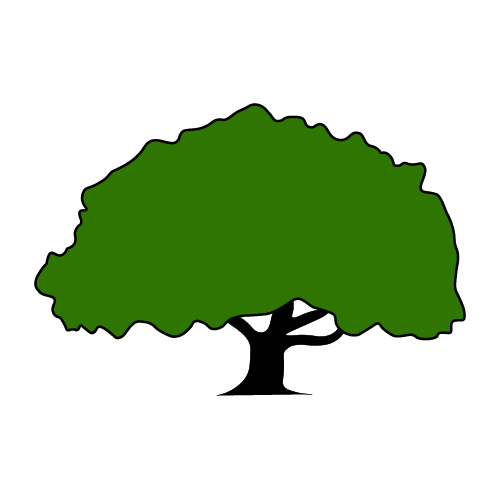 Spreading Canopy
Spreading Canopy
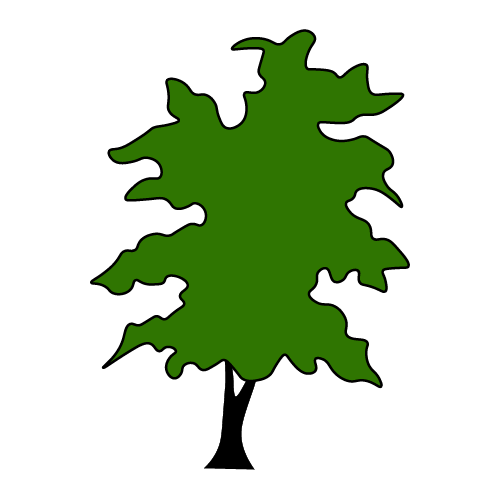 Irregular Canopy
Irregular Canopy
 Upright Narrow Canopy
Upright Narrow Canopy
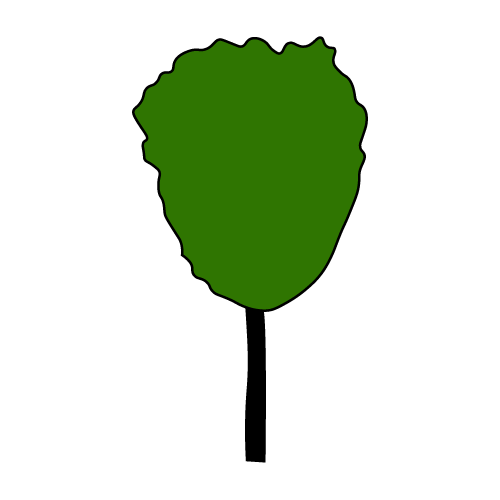 Upright Standard Canopy
Upright Standard Canopy
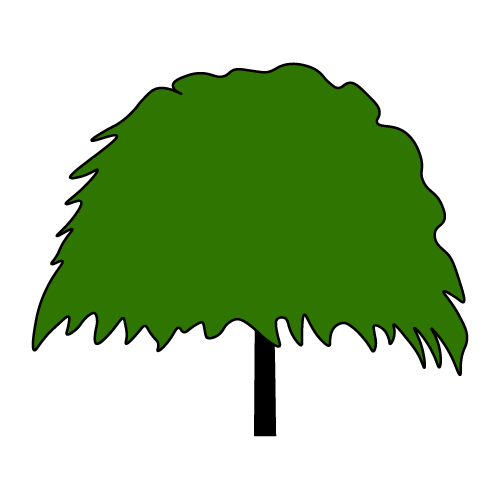 Weeping Standard Canopy
Weeping Standard Canopy
|
|
Plant Categories : |
Aquatic Ecosystem Plants; Aquatic Plants; Canopy plants; Coastal Plants; Common Landscaping Plants; Dry Zone Plants; Edible Plants; Flowering Plants; Herbal Plants; Mangrove Surrounding Plants; Medium Size Trees; Ornamental Plants; Roadside Plants; Fast Growing Plants; Sun Loving Plants; Trees; Wet Zone Plants; Wild Plants |
|
Native Region(s) : |
Asia; Africa |
|
Plant Distribution(s) : |
Africa; Asia; North America; Oceania; South America |
|
Habitat : |
Sea coasts, often where sandy beaches covered by Casuarina equestifolia give way to coral outcrops. Also on rocky coasts and occasionally on the inland edge of mangrove swamp |
|
Elevation : |
Above sea level up to 150 m |
|
Trunk / Bole / Stem & Branches : |
60cm or more in Diameter; bole branchless for up to 3 m. |
|
Average Height : |
6 -10m |
|
Maximum Height : |
20m |
|
Average Width : |
6m |
|
Maximum Width : |
10m |
|
Root System(s) : |
Tap Root |
|
Propogation(s) : |
By Roots; By Cutting |
|
Average Longevity : |
more than 30 years |
|
Medicinal Use : |
Yes |
|
Medicinal Value : |
Leaves, Oil and Bark for Piles, Fractures, Ulcers, Boils andFlatulence in Sinhala Ayurveda |
|
Benefits & Uses : |
The heartwood of the Portia tree is dark reddish brown to chocolate brown and has a specific gravity of 0.55 to 0.89. Portia tree is known as milo or miro in Polynesian languages. It is popular in Hawaii for woodworking (commonly turned into bowls) because of the range of colours expressed (tan, through yellow, to red). Traditionally it was planted in sacred groves and used for religious sculpture throughout eastern Polynesia. In Tahiti, Milo wood is used in the making of the to'ere (slotted wooden drum), used in traditional Tahitian tribal drumming. Makoʻi was used for the rongorongo tablets of Easter Island. Since the advent of aluminium-hulled boats in the 20th century, Pitcairners have made regular trips to Henderson Island to harvest miro wood. Usually they venture to Henderson only once per year, but may make up to three trips if the weather is favourable. Pitcairners carve the wood into curios, from which they derive much of their income. In New Ireland, Portia wood is used to make hourglass drums. In Tonga, its bark is used to treat mouth infections among infants, and its wood is used to make canoes, house parts, and artwork. In South Asia, it is used to make the thavil, a Carnatic musical instrument of South India. The flower of the Portia tree played a part in Sri Lanka's independence struggle, when it was sold on Remembrance Day by the Suriya-Mal Movement instead of the poppy to aid indigenous ex-servicemen. The wood from the tree was used by early Tamil people to make instruments in ancient Tamilakam. |
|
Plant Disease(s) : |
Root Rot Disease; Pests of Cotton |
Foliage |
|
|
Leaf / Habit : |
Evergreen |
|
Leaf Shape : |
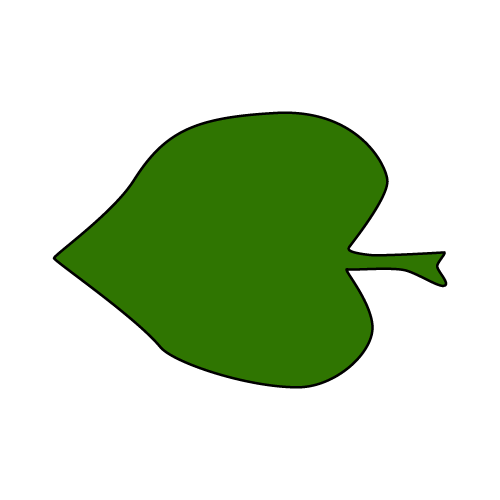 Cordate Shape
Cordate Shape
|
|
Arrangements : |
Simple |
|
Leaf Arrangement : |
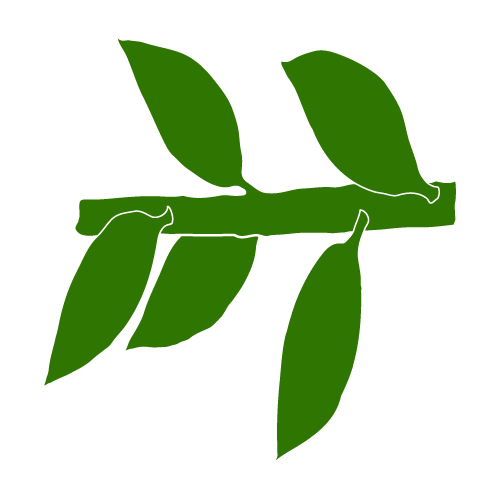 Spiral leaf arrangement
Spiral leaf arrangement
|
|
Leaves : |
Simple and entire; stipules lanceolate to subulate, 3–10 mm long; petiole 2–11(–16) cm long, scaly; 6–23 cm × 5–16 cm, base cordate, apex acuminate, rather fleshy and shiny, both surfaces covered with small scales, palmately 7-veined, main veins yellow, mostly with saccate nectaries in the axils of the basal veins beneath. |
Flowering |
|
|
Is Flowering : |
Yes |
|
Blossoms : |
Solitary in leaf axils, bisexual; pedicel 1.5–10 cm long, erect or ascending; hypanthium discoid, 6–8 mm in diameter; epicalyx segments 3, oblong to lanceolate, 2–17 mm × 2 mm, early caducous, acute; calyx campanulate, 7–15 mm long, truncate or slightly toothed at apex, densely appressed hairy inside, glabrescent outside; petals 5, obliquely obovate, 4–8.5 cm × 3.5–6 cm, apex rounded, scaly outside, glabrous inside; stamens numerous, fused into a staminal column, with free filaments 3–5 mm long, anthers c. 1.5 mm long; ovary superior, globose to ovoid, 8–10 mm in diameter, scaly, 10-celled, style c. 4 cm long, stigmas club-shaped. Pale yellow with dark purple basis, pale yellow stigma. |
|
Blooming Season : |
Throughout the year |
Fruiting |
|
|
Bears Fruits : |
Yes |
|
Fruit : |
A depressed globose capsule 2–4.5 cm in diameter, faintly 5-angular, apex obtuse or slightly depressed, yellowish to brownish green when mature, scaly, usually indehiscent, exuding a bright yellow gum when cut, many-seeded. |
|
Fruiting Season : |
Throughout the year |
|
Seeds : |
Obovoid, 8–15 mm × 6–9 mm, slightly angular, covered by closely matted silky hairs. |
Maintenance |
|
|
Level : |
Medium |
|
Soil Types : |
Sandy Soil; Clay Soil; Loam Soil; Neutral Soil (pH 6.6-7.3); Well Drained Soil |
|
Water : |
Water Logging |
|
Sunlight : |
Full |
|
Humidity : |
Low |
Edibility |
|
Legal Status |
|
If you find any errors, please email us at info@biophilia.lk
